March 25, 1957
The attack on the Presidential Palace and its sequel of reprisals moved Anselmo Alliegro, Senator and President of Cuba’s Congress, to call for a negotiated political compromise. He appointed a Bicameral Commission and announced they were ready to engage in talks with representatives of the opposition to explore ways to overcome the national impasse—without preconditions. All political parties were invited to testify before the Commission or present their demands in writing. The Ortodoxos and Castro rejected the offer outright.
The motion to form the Bicameral Commission (Comisión Interparlamentaria de Conciliación Nacional) was introduced by Senator Eduardo Súarez Rivas (Autentico). The Joint Resolution forming the Commission was approved by the Senate and the House of Representatives on March 25 and 26, 1957.
The Bicameral Commission (also called Interparliamentary Commission) received testimony and submissions from a wide range of political leaders across Cuba’s political spectrum, both opposition leaders (including Carlos Márquez Sterling, Ramón Grau San Martin, Amalio Fiallo, Manuel Artime, Buesa, Guillermo Alonso Pujol, Millo Ochoa, Eduardo Súarez Rivas), and Batista supporters (Batistianos, including Anselmo Alliegro, Jorge García Montes, Santiago C. Rey, Andrés Rivero Agüero, and Rafaelito Díaz Balart).
After days of studying the demands and position papers submitted, the Commission announced that all the guarantees demanded by the opposition for clean, free and fair national elections had been granted. Many thought this was the breakthrough in the national crisis, but the Ortodoxos and Castro remained adamant in rejecting it—and issued death threats to those who supported the effort.
The key breakthrough agreements of the Bicameral Commission included split-ballot voting (voto libre y directo), a new census, application of the 1943 Electoral Code, and multi-party audit controls on vote counts and certification of election results. These negotiated concessions granted in full the five sine qua non conditions Carlos Márquez-Sterling had framed as preconditions for participation by the Ortodoxos in the 1954 elections. Split-ballot voting had been the greatest stumbling block to agreement in the spring 1954 negotiations for electoral process guarantees.
The National Committee of Cuban Civic Associations (strongly allied with Castro) opposed the Bicameral Commission’s activities which was a serious impediment to its success.
based on Manuel Márquez-Sterling's Cuba 1952-1959 and
Cuba 1952-1959 Interactive Timeline
Cuba 1952-1959 Interactive Timeline



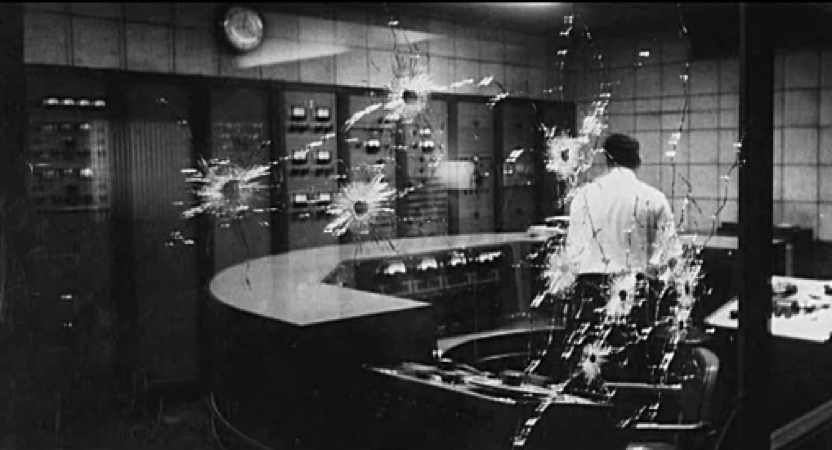
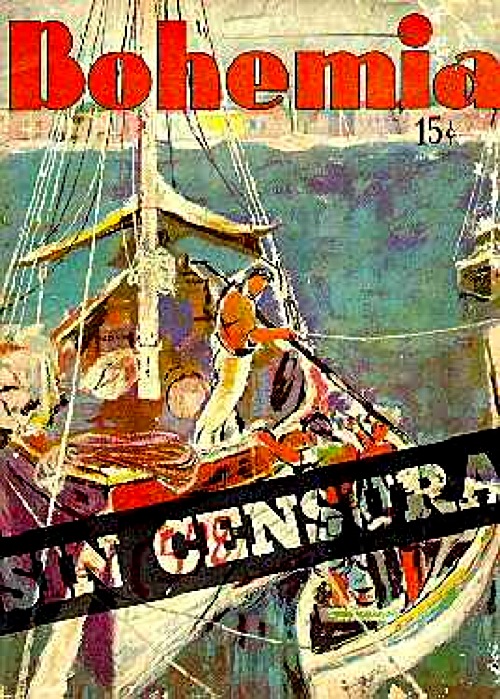
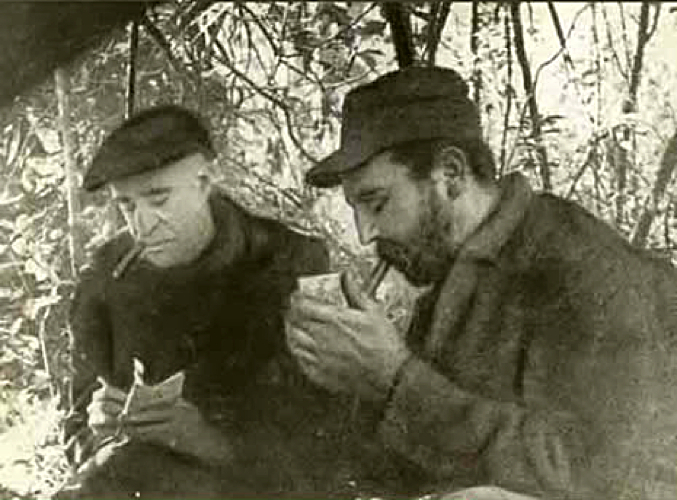
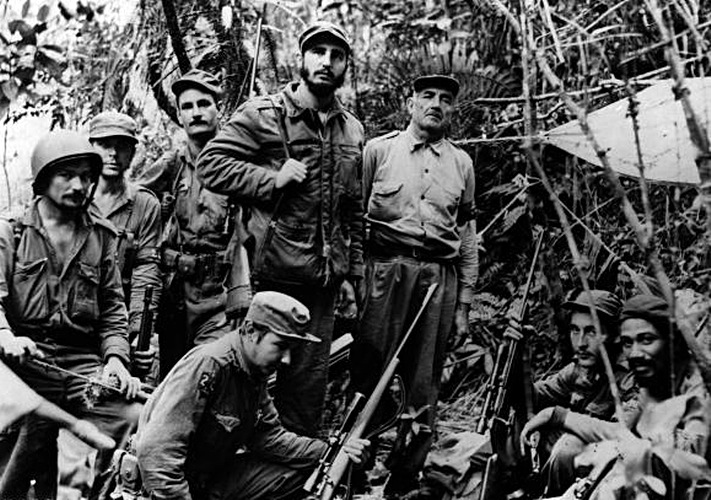
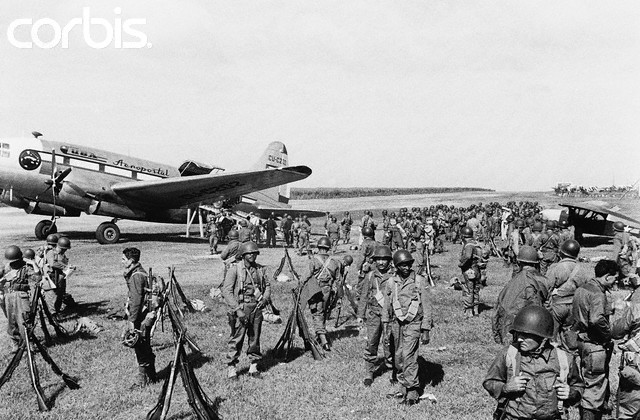
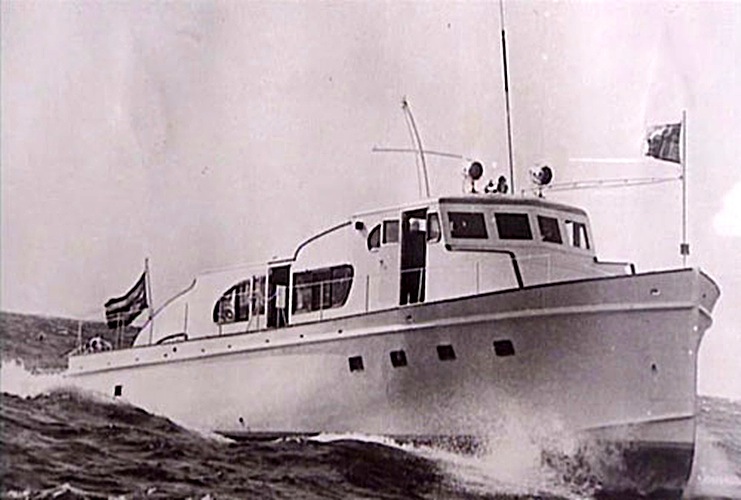
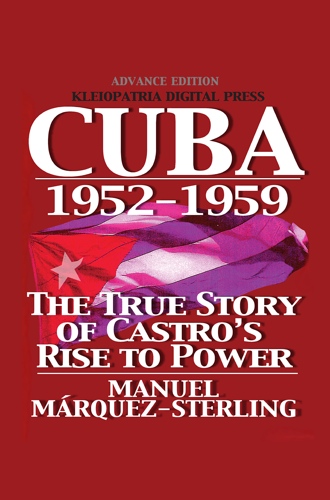
 Mobile subscription
Mobile subscription


